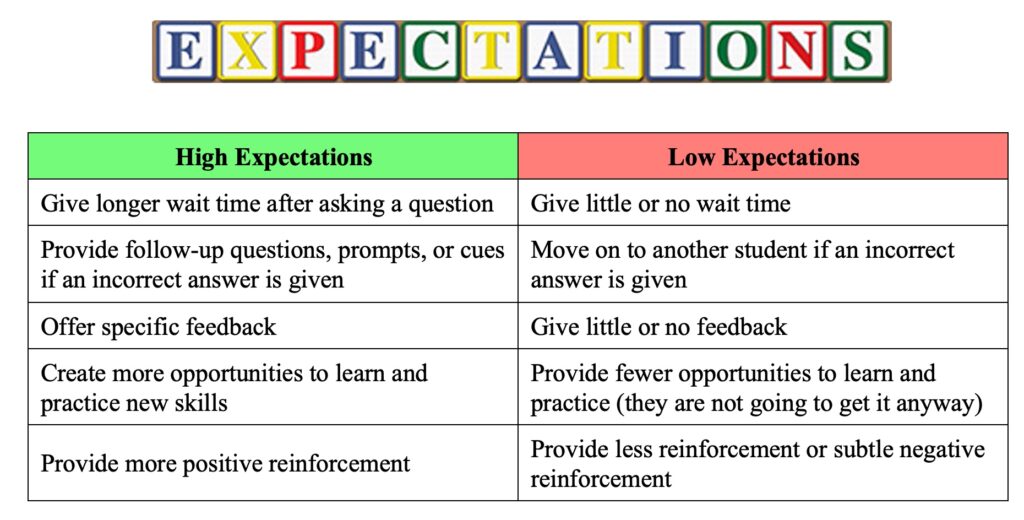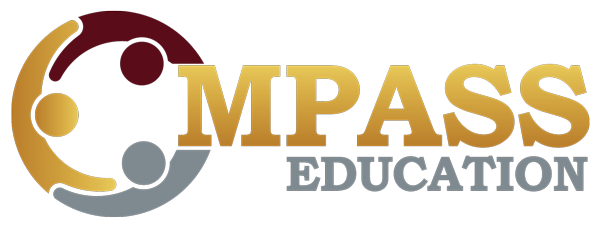As I was preparing this blog, I noticed that it would be released on Friday the 13th. I reflected on how even though I am not superstitious the thought of Friday the 13th still makes me hesitate. I decided to delve deeper into my thoughts to determine why I feel this way and decided to postpone my other blog post idea.
I found the following reviewing articles for this blog post.
- It is estimated that 17 to 21 million people in the US are affected by the fear of Friday the 13th, making it the most feared day in history (Stress Management Center and Phobia Institute in North Carolina).
- As many as 85% of the skyscrapers in the world do not have a 13th floor (Dilip Rangnekar, Otis Elevator Company).
- Airports generally don’t have a Gate 13.
- In the US people spend less by an incredible $1 billion on Friday 13th compared with other “normal” Fridays.
- In the 1800s Lloyds of London refused to insure any ship sailing on Friday the 13th.
- Even today the US Navy will not launch a ship on Friday the 13th.
This information implies that there is something different about Friday the 13th. However, there has been a significant amount of research showing that statistically Friday the 13th is no more or less lucky than any other day. Insurance companies in the U.S. haven’t found a correlation in accidents, natural disaster claims or deaths on Friday the 13th.
What we do know is that expectation and perception is a powerful factor in our thoughts and awareness. People who believe that Friday the 13th is bad luck, notice unfortunate happenings on that day more so than on other days (even if there are less bad things to happen on that day). Since they are looking for bad things to happen, they find more and may see the incidents as an omen. Their belief is so powerful that it becomes a self-fulfilling prophecy.
At this point you may be questioning why this is on an education website? Which is a very valid question, I too questioned how all of this can connect to education. The solution was a bit more obvious than what I originally thought.
Teaching and learning is centered around beliefs, beliefs that you or your students can or cannot do/achieve something. Teachers might unknowingly set limitations on their students. It is common to hear teachers say, “my students will never understand this” or “they will never be able to complete this” or even “this is too hard for them.” While some of these may be true of your class it is still a limitation. If you walk into a lesson with these ideas, you may inherently limit your students. Worse yet, some of your students overhear you and then internalize that they will never be able to understand or complete the task. I encourage teachers to realize that their perceptions—and misperceptions—can positively or negatively shape their expectations for students, which then impacts students’ performance in their classroom. But the opposite is also true. If you think your students can understand and grasp new concepts, they are more likely to achieve.
The table below lists some behaviors that might demonstrate either high or low teacher expectations.

A study conducted by Rosenthal & Jacobson (1968), set out to determine the impact teacher expectations have on student learning. Similar level students were assigned to two groups. The teacher of the experimental group was told that their class had high potential, whereas the control group teachers were not provided any information (either positive or negative). At the conclusion of the study the students in the experimental group (where the teacher was told they had high potential), the students were outperforming the control group. This has become known as the Pygmalion effect, a type of self-fulfilling prophecy.
Bottom line, students whose teachers have high expectations for them perform better on achievement tests than students whose teachers have low expectations. McKown & Weinstien found that teachers have higher expectations for European-American and Asian-American students than for African American and Latino students with similar achievement levels.
The educational system was created for middle class white students. This is a fact, not a myth or superstition! Unlike the superstitions about Friday the 13th, the biases, perceptions and ultimately the expectations that teachers have of their students directly impact student learning. Which in turn impacts future wealth and security for students of color and other disadvantaged students. Just as the fear of Friday the 13th can “make” bad things happen, low expectations of students can “make” students achieve less. This can be completely avoided if teachers truly believe and act on the fact that all students have the ability to learn and achieve at high levels.
